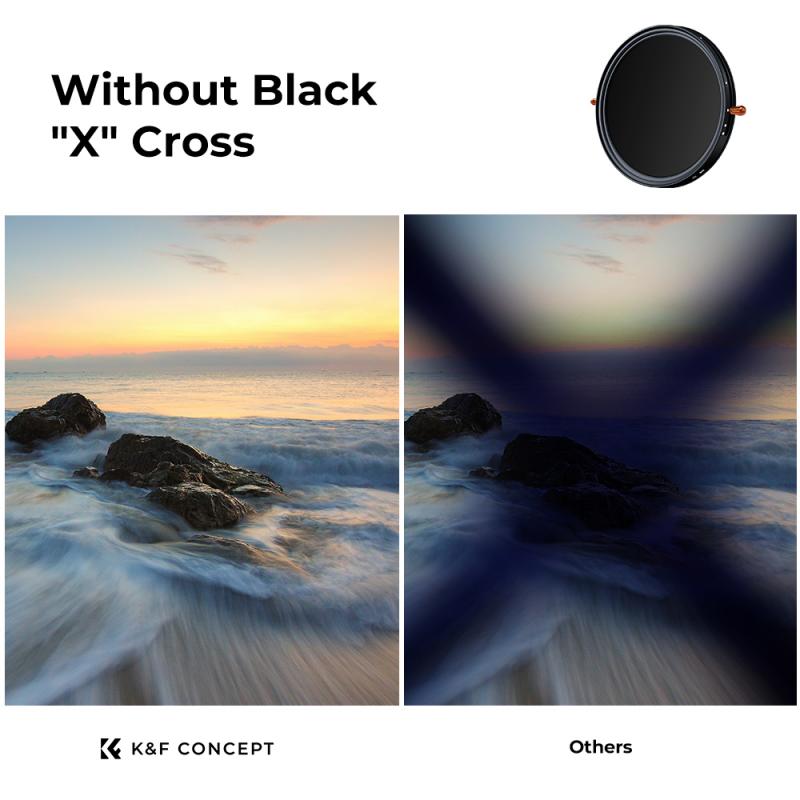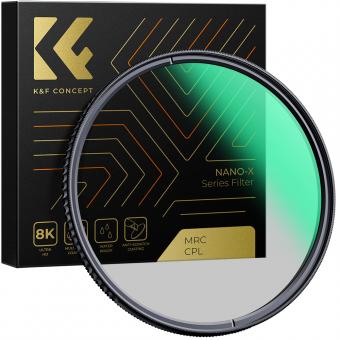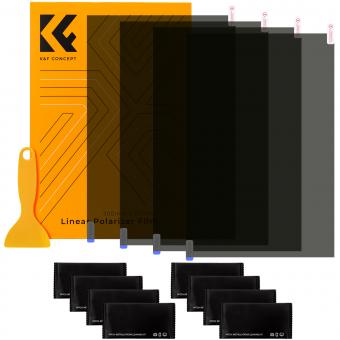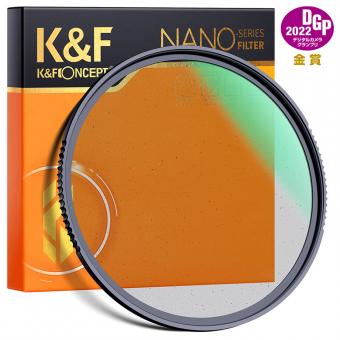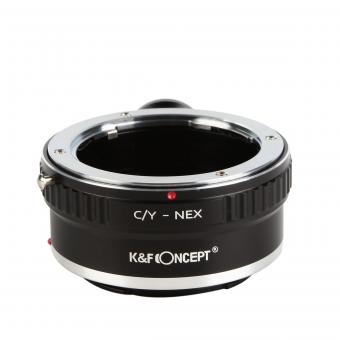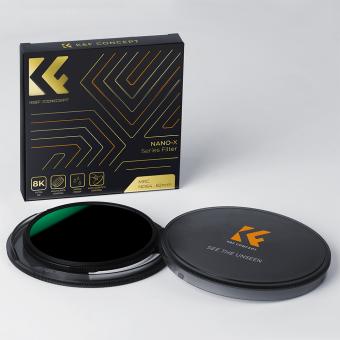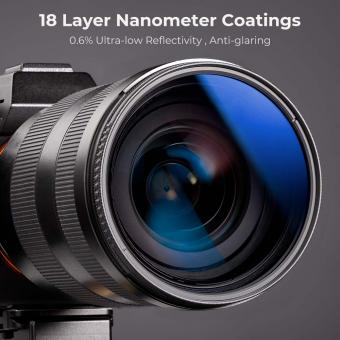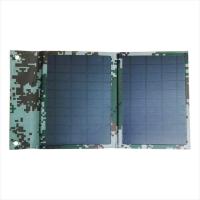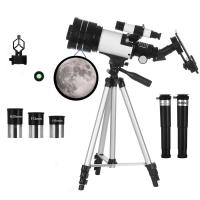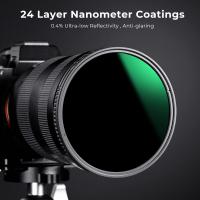What Is Polarizing Filter ?
A polarizing filter is a type of camera filter that is used to reduce glare and reflections from non-metallic surfaces such as water, glass, and foliage. It works by blocking certain light waves that are oriented in a specific direction, while allowing others to pass through. This results in a reduction of glare and an increase in color saturation and contrast in the final image. Polarizing filters are commonly used in landscape and outdoor photography to enhance the colors of the sky, water, and foliage, and to create more dramatic and visually appealing images. They are also used in other applications such as scientific research, microscopy, and astronomy.
1、 Light polarization
A polarizing filter is a type of optical filter that is used to selectively block or transmit light waves that are polarized in a particular direction. Light polarization refers to the orientation of the electric field vector of a light wave, which can be either parallel or perpendicular to the direction of the wave's propagation. Polarizing filters are made of a material that has aligned molecules that only allow light waves with a specific polarization direction to pass through, while blocking all other polarizations.
Polarizing filters have a wide range of applications in photography, cinematography, and scientific research. They are commonly used to reduce glare and reflections from non-metallic surfaces such as water, glass, and foliage, and to enhance the color and contrast of the sky and clouds. Polarizing filters are also used in microscopy, spectroscopy, and other scientific fields to study the polarization properties of light and to analyze the structure and composition of materials.
Recent research has shown that polarizing filters can also be used to manipulate the behavior of light in novel ways, such as creating optical vortex beams and controlling the direction of light propagation in photonic crystals. These advances have opened up new possibilities for the development of advanced optical devices and technologies, such as high-speed optical communication systems and quantum information processing.
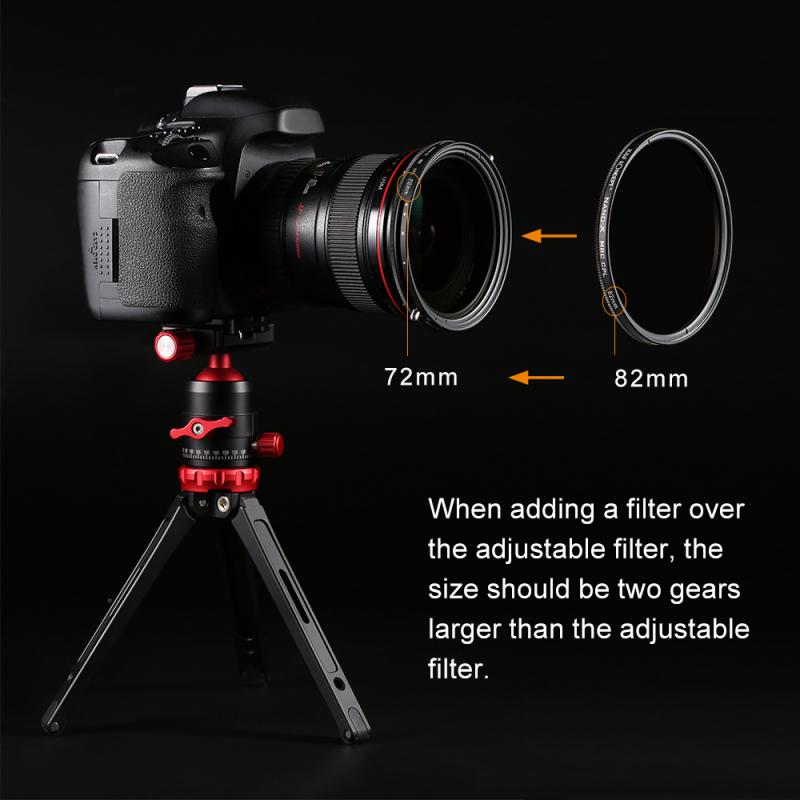
2、 Polarizing filters in photography
A polarizing filter is a type of camera filter that is used in photography to reduce glare and reflections from non-metallic surfaces such as water, glass, and foliage. It works by selectively blocking certain polarized light waves that are reflected off these surfaces, resulting in a clearer and more vibrant image.
Polarizing filters are particularly useful in landscape photography, where they can enhance the colors of the sky and foliage, and in outdoor portrait photography, where they can reduce the shine on skin and hair. They can also be used to create dramatic effects, such as deepening the blue of the sky or making clouds stand out more.
In recent years, polarizing filters have become more popular among smartphone photographers, with many manufacturers offering clip-on or built-in filters. This has made it easier for amateur photographers to achieve professional-looking results without having to invest in expensive camera equipment.
However, it is important to note that polarizing filters can also have some drawbacks. They can reduce the amount of light that reaches the camera sensor, which can result in longer exposure times and the need for a tripod. They can also create uneven polarization effects in certain situations, such as when photographing a wide-angle scene with a clear blue sky.
Overall, polarizing filters are a valuable tool for photographers looking to enhance their images and reduce unwanted reflections. With the right technique and equipment, they can help create stunning and memorable photographs.
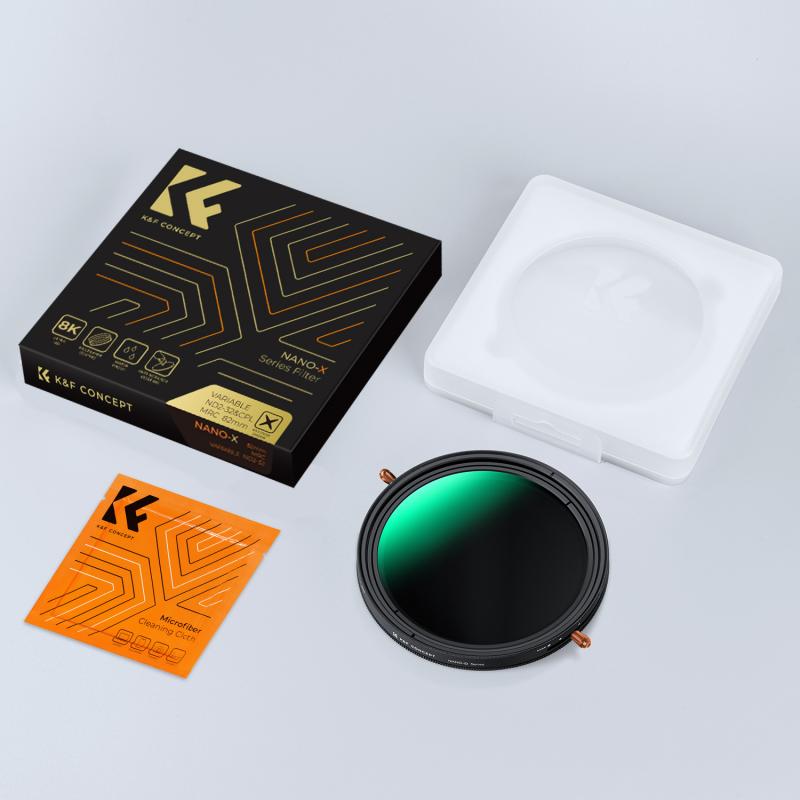
3、 Polarizing filters in LCD screens
A polarizing filter is a type of optical filter that is used to selectively block certain polarizations of light while allowing others to pass through. This filter is commonly used in photography to reduce glare and reflections, enhance color saturation, and improve contrast. In LCD screens, polarizing filters are used to control the direction of light waves as they pass through the liquid crystal layer, allowing the screen to display images with accurate colors and contrast.
The latest point of view on polarizing filters in LCD screens is that they are essential components in modern display technology. Without polarizing filters, LCD screens would not be able to produce the high-quality images that we have come to expect from our devices. However, there are some concerns about the impact of polarizing filters on the environment. Some studies have suggested that the production and disposal of polarizing filters may contribute to environmental pollution and waste.
To address these concerns, researchers are exploring new materials and manufacturing processes that could reduce the environmental impact of polarizing filters. For example, some companies are developing biodegradable polarizing filters made from natural materials like cellulose. Others are exploring ways to recycle and reuse polarizing filters to reduce waste. Overall, the use of polarizing filters in LCD screens is an important technology that is constantly evolving to meet the needs of consumers while minimizing its impact on the environment.
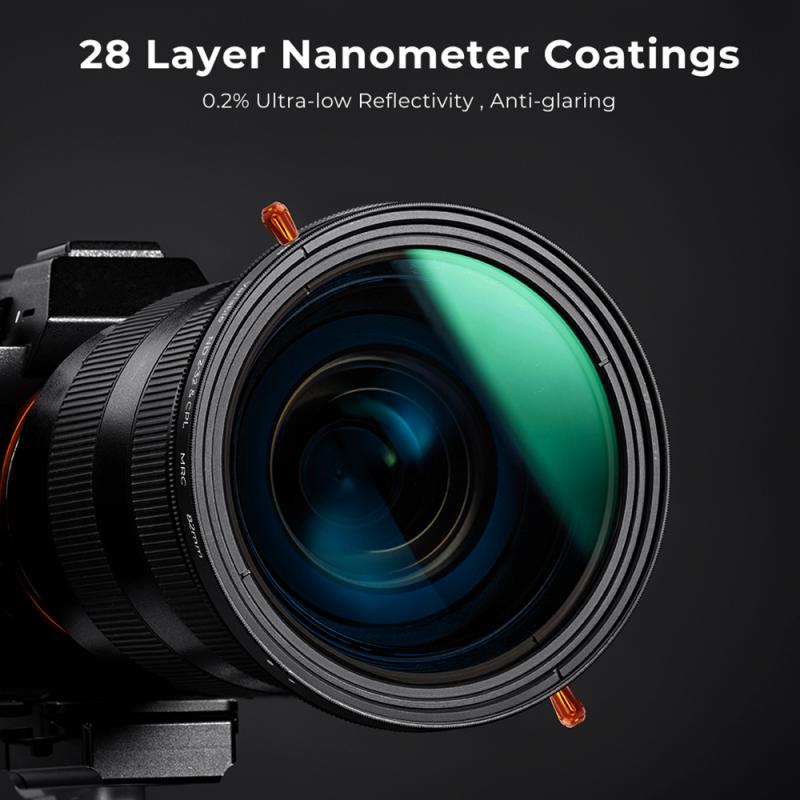
4、 Polarizing filters in microscopy
A polarizing filter is an optical filter that allows only light waves that are oscillating in a specific direction to pass through, while blocking light waves oscillating in other directions. In microscopy, polarizing filters are used to control the polarization of light passing through the sample, which can reveal important information about the sample's structure and composition.
Polarizing filters are commonly used in polarized light microscopy, a technique that involves passing polarized light through a sample and analyzing the light that emerges. By rotating the polarizing filters, researchers can control the orientation of the polarized light and observe how the sample interacts with different polarizations of light. This can reveal information about the sample's birefringence, optical activity, and other properties.
Recent advances in polarizing filter technology have led to the development of new types of filters with improved performance and versatility. For example, liquid crystal polarizing filters can be electronically controlled to rapidly switch between different polarization states, allowing for dynamic imaging of samples. Additionally, polarizing filters can be combined with other imaging techniques, such as fluorescence microscopy, to provide even more detailed information about the sample.
Overall, polarizing filters are an essential tool in microscopy, allowing researchers to probe the structure and properties of samples in new and exciting ways.
